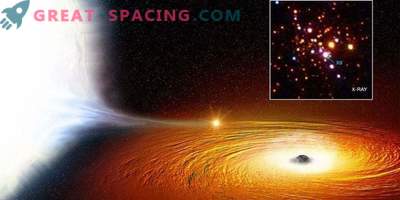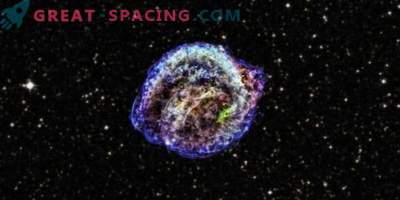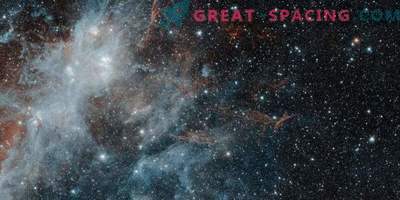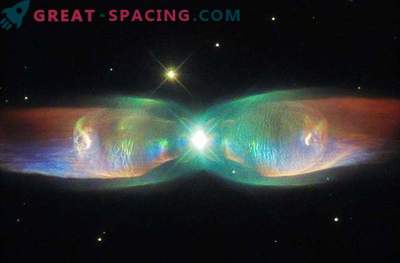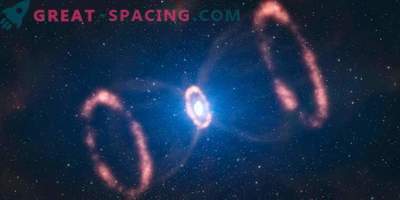
For the first time in unprecedented detail, the expansion of a fireball from a supernova explosion was observed.
New observations, as reported in the journal Nature, have shown us that these eruptions are much more complex than previously thought.
"Bright new stars leave every few years, but for the first time this phenomenon was observed in good weather with the help of telescopes-interferometers," says Dr. Michael Ireland, one of the authors of the study from the Australian National University.
A supernova is a thermonuclear explosion of hydrogen on the surface of a dead star, called a white dwarf. When a white dwarf passes in a very close orbit with a nearby star, it can drain hydrogen from another star onto its own surface.
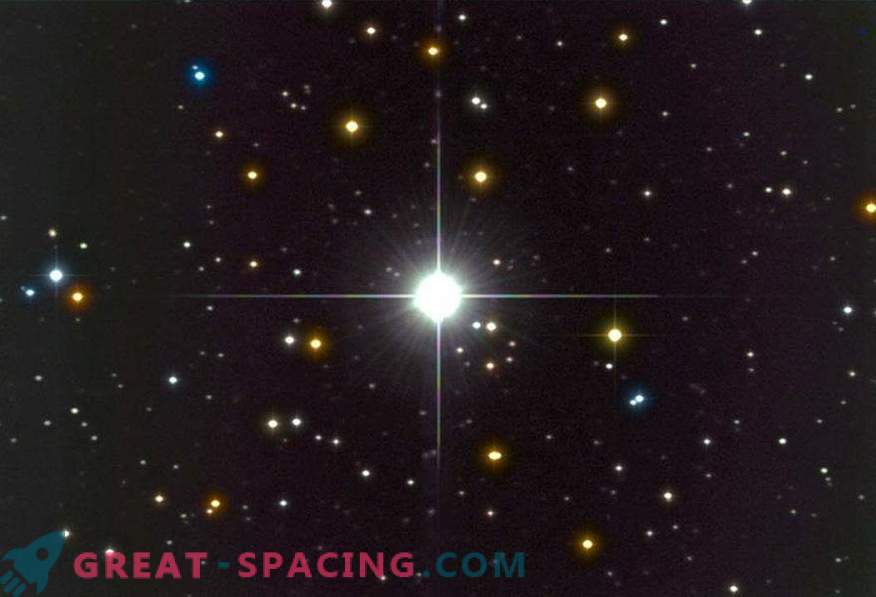
Photo of Nova Delphinus 2013
After this ocean of hydrogen reaches a depth of about 200 meters, gravity produces enough pressure to trigger thermonuclear fusion — essentially a stellar atomic bomb — as seen in many light-years from Earth.
On August 14, 2013, a supernova exploded, located at a distance of 14,800 light years from Earth in the constellation Dolphin. Subsequently, the “new” star was named Nova Delphinus 2013.
"This supernova was bright enough to be seen with the naked eye," added Ireland. A few hours after its discovery, Ireland and his colleagues watched the expanding fireball with telescopes in the Chara massif in California.
The Chara array combines light from six optical telescopes in a process called interferometry, capable of creating an image with a very high resolution. The first measurements, made for the first time for a new star, showed that the fireball was already so large that it could fit in the Earth's orbit around the Sun.

This is a new high-quality photo of the high-resolution nebula of the NASA Hubble telescope - one of the largest that was just made from a near-earth orbital observatory.
At the time of the end of observations after 43 days, it has increased dramatically to the size of the orbit of Neptune.
One of the most difficult questions about new stars is the supernova explosion. Astronomers suspect that the explosion should occur throughout the star at once, but the process is very complex and not completely clear.
"We found that the initial supernova explosion was not spherical, giving the fireball a slightly spherical shape," says Irish. "This is because the atmosphere of the white dwarf rotates and there is a disk filled with material falling on it from the companion star."
This provides the key to understanding how an explosion ejects material from the surface of a white dwarf. "In addition, we watched very interesting circumstellar shells during a supernova explosion," said Irish.

In this picture, the versatility of Cassiopeia A. is displayed in a false light. For this, pictures of three observatories from NASA were used. Red - Spitzer infrared, yellow - direct observation of Hubble, and green and blue - an overview of X-rays Chandra
"There was a main shell expanding at a speed of about 600 kilometers per second, but then translucent shells also appeared that expanded even faster. So we could observe optically thicker shells and transparent outer shells at the same time."
Irish and his colleagues still do not know what these circumstellar shells are.
"I think that there is a very thin outer shell, and when you look deeper into a star, it becomes denser and denser," added Ireland. "It seems that there are several shells that are a continuation of a thicker material near the white dwarf and a thinner material further."
After about 30 days of observation, the authors saw the colder layers getting brighter.
